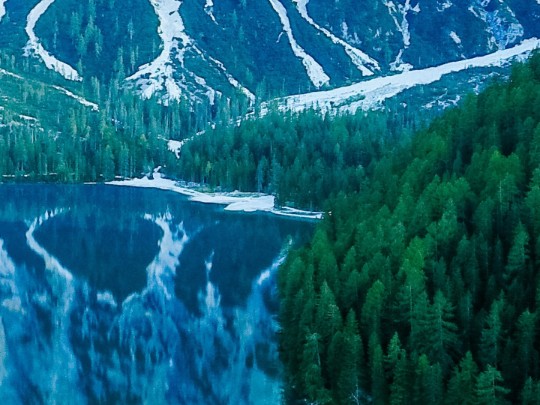Majestic Icebergs & Frozen Landscapes: A Singaporean's Guide to Understanding the Science & Beauty

Singaporeans may not experience icy landscapes firsthand, but the beauty and science of ice – from frozen lakes to colossal icebergs – are undeniably fascinating. Let's dive into the mesmerizing world of ice, exploring its stunning visuals and the crucial scientific insights it holds, especially considering the global impact of climate change.
The Allure of Icebergs: Giants of the Frozen World
Imagine a mountain of ice silently drifting through the ocean – that's an iceberg! These massive chunks of freshwater ice calve (break off) from glaciers and ice shelves, primarily in polar regions. They're a breathtaking sight, but also a significant factor in navigation, demanding careful attention from ships.
What’s truly remarkable is that what you see is only a fraction of the story. Typically, only about one-tenth of an iceberg is visible above the water's surface. The remaining, and much larger, portion lies hidden beneath the waves, often reaching hundreds of meters in depth. This is due to the density of ice – it's slightly less dense than seawater, causing it to float.
Ice Surfaces: More Than Just a Pretty Reflection
The appearance and strength of an ice surface are far from uniform. They're influenced by a variety of factors, including temperature, pressure, and the presence of impurities. Think of the difference between a pristine, clear ice surface on a frozen lake and the fractured, bubbly surface of ice formed in rough conditions.
Clear ice, formed in calm, cold conditions, is incredibly strong and dense. This is because it lacks air bubbles. Conversely, ice containing air pockets or sediment is weaker and more prone to cracking. Scientists study these differences to learn more about the environmental conditions during ice formation.
Unlocking the Past: Ice Cores and Climate Change
Perhaps one of the most incredible applications of ice study is the analysis of ice cores. These are long, cylindrical samples of ice drilled from glaciers. Trapped within these cores are tiny bubbles of ancient air and particles of dust – a snapshot of Earth's atmosphere from hundreds, even thousands, of years ago.
By analyzing the composition of these ice cores, scientists can reconstruct past climate conditions, including temperature, precipitation, and atmospheric gas concentrations. This provides invaluable data for understanding natural climate variability and the human impact on the planet.
A World in Peril: The Impact of Climate Change
Sadly, the stability of these icy environments is increasingly threatened by rising global temperatures. We’re witnessing accelerated melting of glaciers and ice sheets, leading to more frequent iceberg calving and a significant reduction in ice surface area.
This isn’t just about losing a beautiful landscape. The melting of ice contributes to rising sea levels, threatening coastal communities worldwide. Understanding these changes and their consequences is absolutely critical for predicting future sea-level rise and developing strategies to mitigate the impacts of climate change. Even here in Singapore, understanding these global changes is vital for planning for the future.





